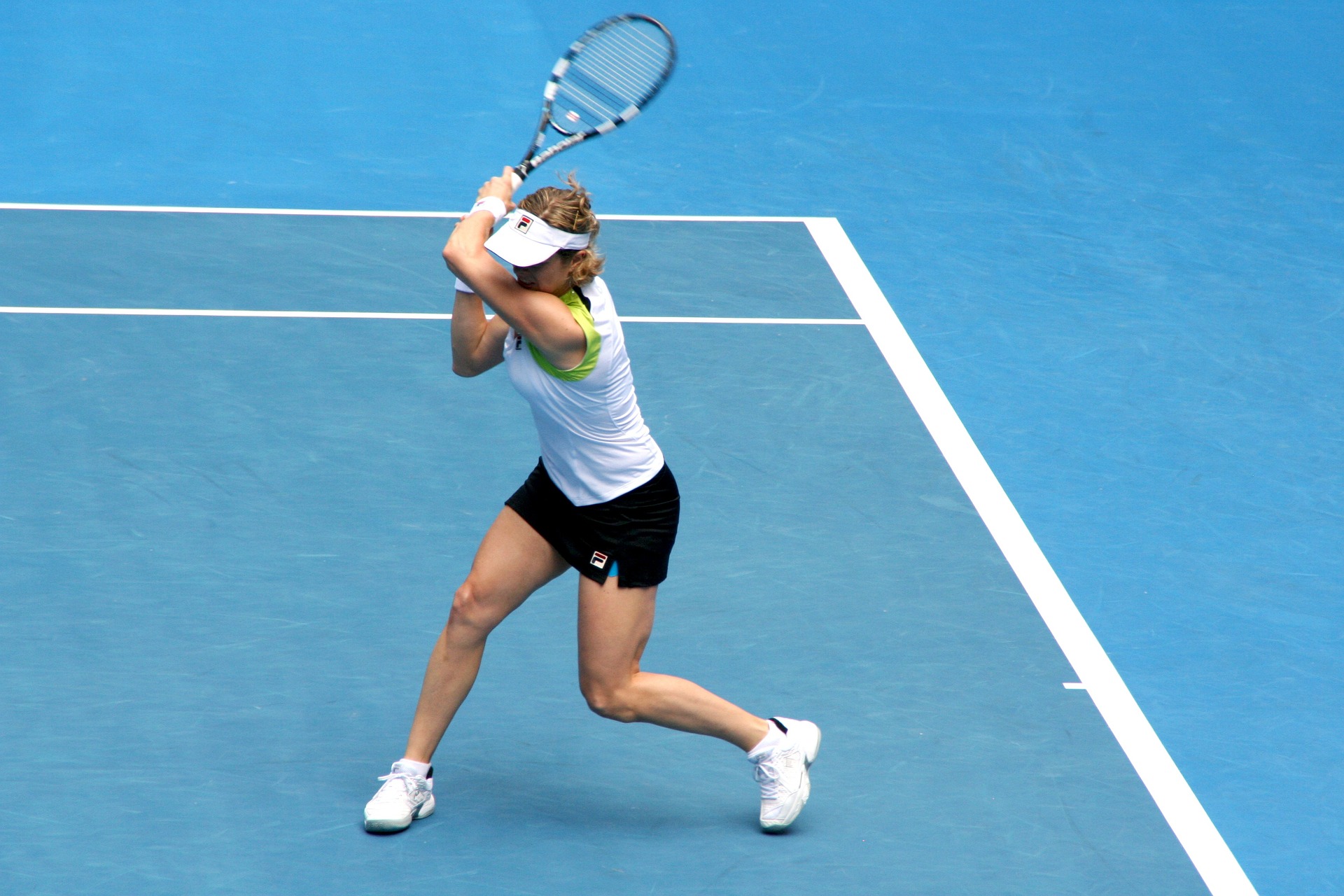Mastering the Split-Step: A Game Changer in Tennis Dynamics
Leap into the world of tennis and explore the unassuming yet powerful technique known as the split-step—a momentary pause that holds the key to agility and reaction time on the court. Dive into its history, mechanics, and real-world applications, and discover how mastering this move can redefine your game.
Split-Step: A Tennis Catalyst with Humble Beginnings
The split-step, a fundamental footwork technique, has been a cornerstone of tennis for decades. Its roots trace back to the early 20th century when tennis players started experimenting with different footwork patterns to improve their agility on the court. Instead of standing static, players learned to perform a small hop—a split-step—just as their opponent hit the ball, priming themselves for any directional movement.
Unraveling the Mechanics of the Split-Step
At its core, the split-step is a preparatory move involving a small jump that results in a semi-crouched stance with feet shoulder-width apart. The idea is to land just as your opponent strikes the ball, creating a ‘split-second’ window to gauge the ball’s trajectory and respond accordingly. The key to a successful split-step lies in timing, balance, and anticipation—elements that turn this simple action into a complex orchestration of motor skills.
The Split-Step Unleashed: On and Off the Court
In professional tennis, the split-step is a ubiquitous sight. Tennis greats like Novak Djokovic and Serena Williams have perfectly timed split-steps, allowing them to respond swiftly and powerfully to their opponents’ shots. But the benefits aren’t exclusive to the pros. Amateur players can enhance their agility and reaction time with regular split-step training, transforming their overall performance and enjoyment of the game.
The Split-Step: A Dance of Benefits and Challenges
The primary advantage of the split-step is rapid response time, offering players the ability to swiftly change direction, reach the ball faster, and maintain balance during shot execution. However, perfecting the split-step is not without challenges. It requires rigorous practice and precision timing, a feat that can be daunting for beginners. Yet, with patience and persistence, the rewards can far outweigh the hurdles.
The Split-Step: A Testament to Sports Evolution
The split-step is more than just a technique—it’s a testament to sports evolution. It underscores the intricate balance between physical ability and strategic thinking in sports, highlighting how simple adaptations can yield substantial performance improvements. As tennis continues to evolve, the split-step will undoubtedly remain a dynamic game-changer, a subtle dance that shapes the rhythm and pace of every match.
In conclusion, the split-step, while seemingly simple, is a powerful technique that lies at the heart of tennis dynamics. By delving into its history, mechanics, and real-world applications, we can appreciate its transformative potential, reminding us once again that in the world of sports, every detail counts.





